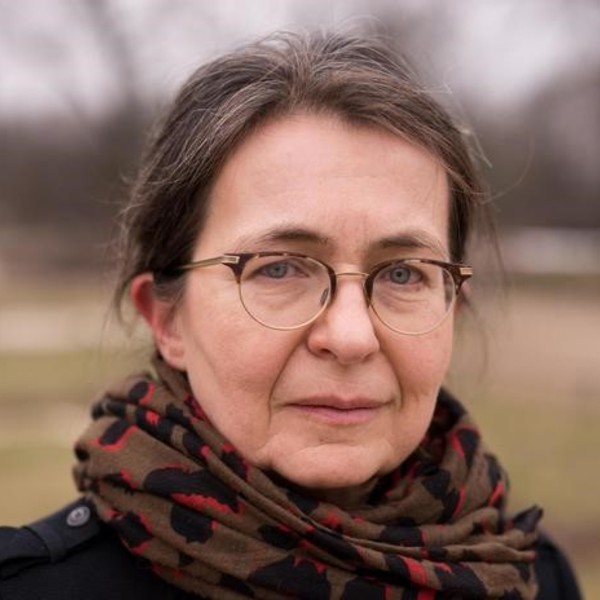
January - June 2020
Mail: joanna.tokarska-bakir(at)ispan.waw(dot)pl
Joanna Tokarska-Bakir, PhD, is a cultural and historical anthropologist, and a religious studies scholar. She isprofessor at the Institute of Slavic Studies of the Polish Academy of Sciences,Warsaw and anassociate member of the General Assembly of the Polish Academy of Sciences, Poland. She specialises in the anthropology of violence and is, among other publications, the author of a monograph on blood libel ‘Légendes du sang. Une anthropologie du préjugé antisémite en Europe’ (Albin Michel, Paris 2015), ‚Pogrom Cries. Essays on Polish-Jewish History‘, 1939-1946, Peter Lang 2017, 2019, 2nd ed.), and a two volume monograph, ‚The Kielce Pogrom. A Social Portrait‘ (Czarna Owca, Warszawa 2018) for which she was awarded the Yad Vashem International Book Prize (2019).
The wave of anti-Jewish pogroms that swept through countries with varied wartime pasts, including Altai Krai, Ukraine, Hungary, the Czech Republic, Slovakia and Poland in 1943-1946 is one of the least studied phenomena in postwar Eastern European history. The violence occurred in regions where military operations had recently come to an end and German forces had been driven out by the Red Army. Astonishingly, the violence was directed at society’s weakest members– Jews, decimated in theHolocaust, now returning home from hiding, concentration camps or the Soviet Union. The goal of the project set out here is to explain the social background of these events by using a biographical investigation methodology.
This microhistorical project focuses on one of three major urban pogroms that took place in post-Holocaust Poland in 1945 to 1946. The so -calledKrakow pogrom was a 12-hour riot, which took place on 11 August, 1945 in two Krakow neighborhoods: Kazimierz and Kleparz. It began with rumors spread by newspaper sellers and others, that there was a child’s corpse at the Kupa Synagogue. As a result, a mob stormed the temple and destroyed it, burning holy books. Jews were attacked on the streets of Krakow and in marketplaces, including the so-called Tandeta. The communist civic militia (Milicja Obywatelska), whose members joined in on the pogrom, initially took anambivalent and then a hostile attitude toward the Jews. The Polish Army, fighting alongside the Red Army, also played an unequivocal role. Contradictory orders were issued, often targeting those being attacked. As the forces of law and order had been compromised, the subsequent trials of the perpetrators were partly classified, which resulted in rumours that the pogrom had been organised by the NKVD.
2020 - Associate Member of the Polish Academy of Sciences General Assembly
2018 - Chair of the Ethnic and National Relations Study Unit, Institute of Slavic Studies, Polish Academy of Sciences, Warsaw
2010 - Professor of Humanities at the Institute of Slavic Studies, Polish Academy of Sciences, Warsaw
Review of: E. M. Rose, The Murder of William of Norwich. Oxford: Oxford University Press, 2015, „Speculum“, vol. 92, issue 4 (October 2017), 1242-44.
Polin: Ultimate Lost Object, in: Poland and Polin. New Interpretations in Polish-Jewish Studies, Irena Grudzińska-Gross, Iwa Nawrocki [eds.], Peter Lang, 2016, 49-58.
You of Yedwabne, in: "Polin", G.Finder, N.Aleksiun, A.Polonsky and J.Schwartz [eds.], Oxford-Portland, Oregon, The Littman Library of Jewish Civilization for The Institute for Polish-Jewish Studies and The American Association for Polish-Jewish Studies, vol. 20, 2008, 413-428.